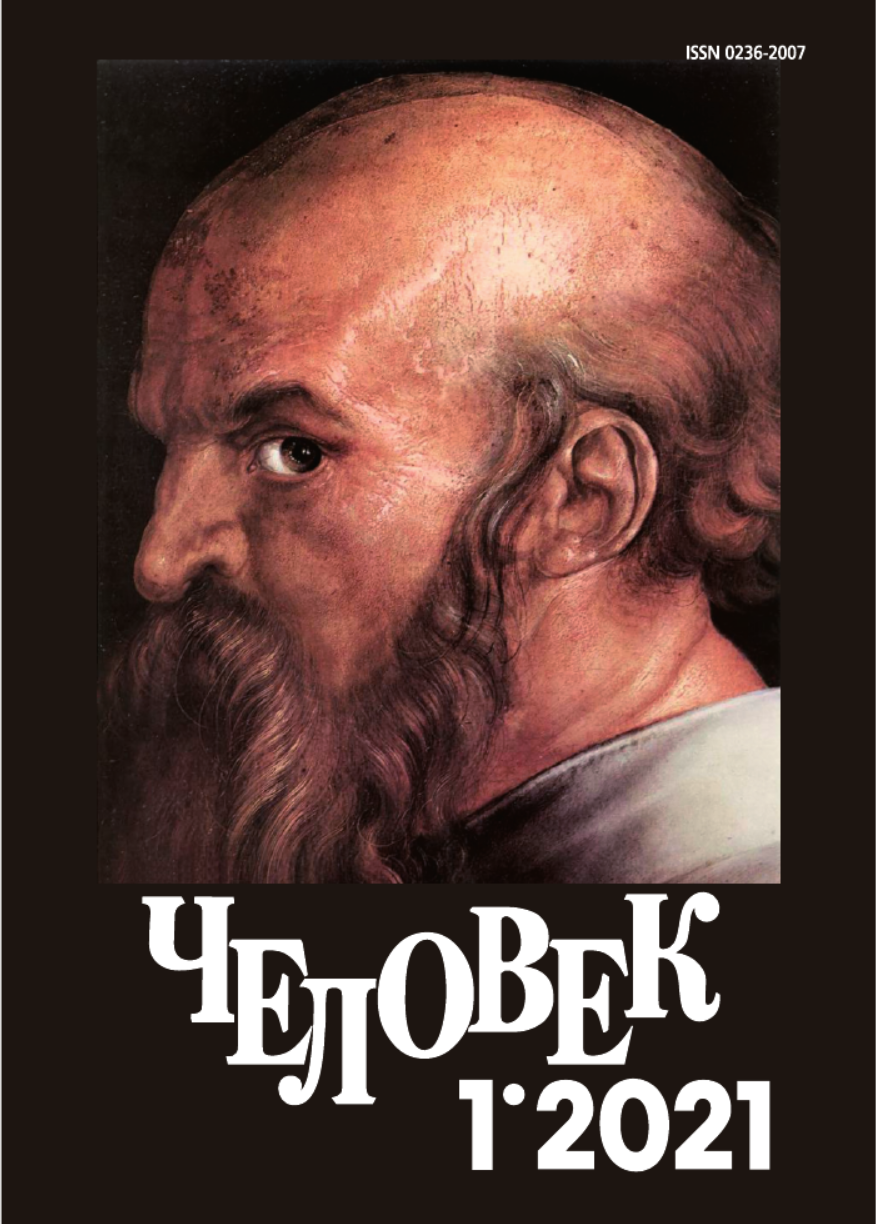Love and Impermanence in Japanese Aesthetics. Cultural Anthropology of Kuki Shuzo and Karaki Junzo
Keywords:
Kuki Shuzo, Karaki Junzo, iki, mujo, Japanese culture, Buddhism, Nothingness, traditional Japanese aestheticsAbstract
The article represents the views of the two eminent Japanese thinkers-aesthetiсians of the ХХ century – Kuki Shuzo and Karaki Junzo. “The Structure of Iki”, the main work by Kuki had been devoted to Iki, a specific phenomenon, that greatly influenced the Edo-Tokugawa cultural atmosphere of big cities. Analyzing “Iki”, Kuki represents various nuances of romantic love between samurai and geisha. The most frequently cited book by another ХХ c. Japanese thinker Karaki Junzo is “Mujo”. Here Karaki represents an accurate history of this obviously Buddhist-oriented category of philosophical-aesthetical category of total impermanence — Mujo. Though Western philosophical theories from the Meiji period till now played an influential role in the process of formation the views of Japanese thinkers, traditionalism has not lost its validity among many of them.






